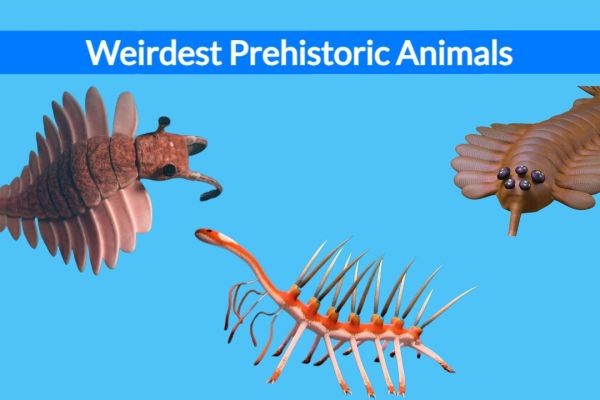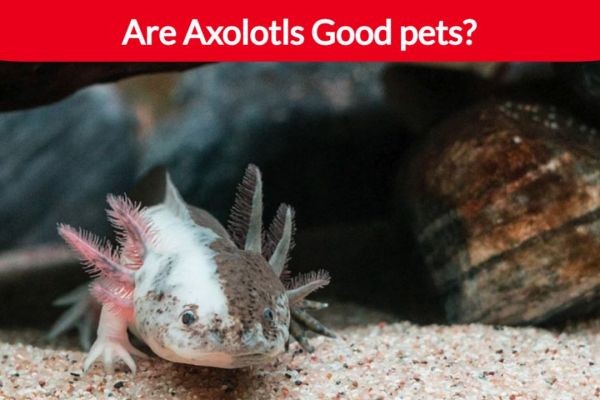Discover the fascinating wildlife of Australia, home to unique animals like kangaroos, koalas, and platypuses. Explore their habitats and behaviors in this comprehensive guide.
08/15/24 • 66 Views
You're in for a treat when you explore three of Australia's most iconic animals: koalas, kangaroos, and platypuses. Koalas are not just cute; their selective eucalyptus diet and unique detoxifying digestive system are key adaptations for survival. Meanwhile, kangaroos, with their powerful hind legs, can leap great distances and reach speeds up to 60 km/h, adaptations that are perfect for the varied Australian landscapes they inhabit. Finally, the platypus, with its ability to lay eggs and use electrolocation underwater, showcases a rare set of features among mammals. Each of these animals demonstrates remarkable adaptations that reveal more about their evolutionary stories.
Key Takeaways
- Koalas thrive on a specialized diet of eucalyptus leaves, detoxifying them efficiently in their adapted digestive systems.
- Kangaroos are known for powerful hind legs, enabling high-speed travel and long jumps, adapting to diverse Australian landscapes.
- The platypus, a unique monotreme, uses electrolocation to hunt underwater and possesses venomous spurs for defense and mating disputes.
- Koalas require extensive sleep, up to 20 hours a day, due to the low energy yield of their eucalyptus diet.
- Kangaroos' social structures and habitat preferences vary among species, with adaptations suited to either dense bushland or arid open plains.
Exploring the Unique Koala
While often perceived as cuddly and docile, koalas are uniquely adapted marsupials with specialized dietary and arboreal habits. You might be intrigued to learn that their selective eucalyptus diet, consisting mainly of the leaves from these trees, isn't just a preference but a necessity. The eucalyptus leaves provide essential nutrients and high water content, although they're low in calories and high in fibrous material. This diet requires koalas to have a highly efficient digestive system to detoxify the poisonous compounds found in the leaves and extract sufficient nutrients.
Koala behavior is closely tied to their eating habits. They spend about 18 to 20 hours a day sleeping to conserve energy, a direct consequence of their low-energy diet. The rest of their time is largely spent eating. Koalas are solitary animals, and their social structure is significantly influenced by feeding territories. The males are particularly territorial during the breeding season, using vocalizations and scent markings to communicate and establish dominance over their specific eucalyptus trees. Your understanding of koala behavior and their eucalyptus diet sheds light on the delicate balance they maintain within their ecosystem, highlighting their adaptation to the limited nutritional resources available in their native Australian habitat.
The Dynamic Kangaroo
Shifting the focus to another remarkable marsupial, the kangaroo exhibits extraordinary adaptations that enable it to thrive across diverse Australian landscapes. You'll find their jumping abilities not just impressive but vital for survival. A kangaroo's muscular hind legs and large feet aren't merely for locomotion; they're evolutionary tools. When chased by predators, kangaroos can reach speeds of up to 60 km/h and cover distances up to 9 meters in a single bound. This not only provides a swift escape but also minimizes energy expenditure over the vast, open spaces of their habitats.
Speaking of habitats, kangaroos have distinct preferences that vary among species. The Eastern Grey Kangaroo, for instance, favors the fertile regions with dense bushland and forest that provide both food and cover. In contrast, the Red Kangaroo, the largest of the species, opts for arid regions and open plains where they can leverage their sight and speed. Such habitat choices are closely linked to their feeding habits and social structures, making each species uniquely adapted to specific aspects of the Australian environment.
Secrets of the Platypus
Many consider the platypus one of Australia's most enigmatic creatures, possessing unique features that intrigue scientists and nature enthusiasts alike. As an egg-laying wonder, the platypus belongs to the monotremes, a rare group of mammals distinguished by their reproductive strategy. Unlike other mammals that give birth to live young, the female platypus lays eggs and incubates them in a burrow. What's more, male platypuses are equipped with venomous spurs on their hind limbs, a trait quite rare among mammals. During the breeding season, these spurs deliver a venom capable of causing severe pain to humans and other animals, though it's not lethal. This feature likely evolved as a competitive advantage during mating disputes.
The platypus also leads a mainly aquatic lifestyle, skillfully moving through water bodies. Its webbed feet and streamlined body make it an excellent swimmer. Underwater, it closes its eyes and ears but uses electrolocation to detect prey. This sophisticated system allows the platypus to sense the electric fields generated by muscular contractions of potential food, such as shrimp and aquatic insects, enabling it to hunt effectively even in murky environments. Understanding these unique characteristics enhances your appreciation of how evolution has sculpted such specialized survival strategies.
Conclusion
As you travel through Australia's diverse landscapes, picture yourself encountering the serene koala nestled in eucalyptus, the kangaroo bounding across vast plains with powerful grace, and the enigmatic platypus moving through murky waters with a unique electrolocation sense. These creatures aren't just marvels of evolution; they're integral to the ecological tapestry. Understanding their behaviors and habitats deepens our appreciation and highlights the urgency of preserving their environments for generations to come.









